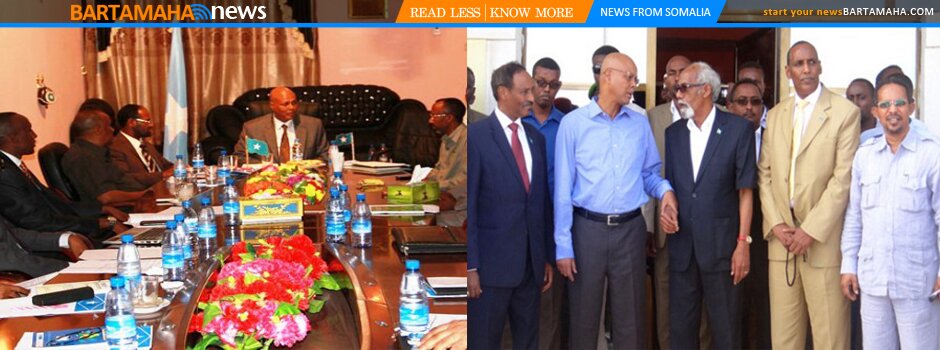Light at end of the tunnel in Somali war
 The killing of Mohammed Abdullah Fazul in Mogadishu last Monday, nearly a month after the killing of al Qaeda leader Osama bin Laden, has dealt a major blow to Somali militia group al-Shabaab which has been fighting the Transitional Federal Government.
The killing of Mohammed Abdullah Fazul in Mogadishu last Monday, nearly a month after the killing of al Qaeda leader Osama bin Laden, has dealt a major blow to Somali militia group al-Shabaab which has been fighting the Transitional Federal Government.
Mr Fazul was not only head of al Qaeda’s East African cell, but also a key player in al-Shabaab operations in Somalia.
His death follows that of another al Qaeda operative, Mombasa-born Saleh Ali Saleh Nabhan believed to have been the leader of the group’s cell in Kenya.
The two were among Osama bin Laden’s top commanders and they were linked to the 1998 twin US embassy bombings in Nairobi and Dar-es-Salaam and the 2002 Kikambala Paradise Hotel attack that happened simultaneously with an attempt to bring down an Israeli airliner that was leaving Moi International Airport in Mombasa.
Central authority
Their deaths have thrown al-Shabaab into a spin and emboldened the Transitional Federal Government (TFG) which has waged a vicious war on the militia group. Al Shabaab emerged in the 1990s following the absence of a central authority in Somalia.
A network of local Islamic courts emerged, establishing a level of law and order in parts of the country that was welcomed by many Somalis.
The courts’ leadership varied in their ideological approaches, representing diverse views on political Islam, Somali nationalism, and clan identity.
Harakat Al-Shabaab Al Mujahidin (“Mujahidin Youth Movement” or MYM, hereafter al-Shabaab), a militia loosely affiliated with the courts, emerged in 2003-2004 under young former AIAI commanders who had fought in Afghanistan.
___
Africa Review
Comments
comments
 Calendar
Calendar






































